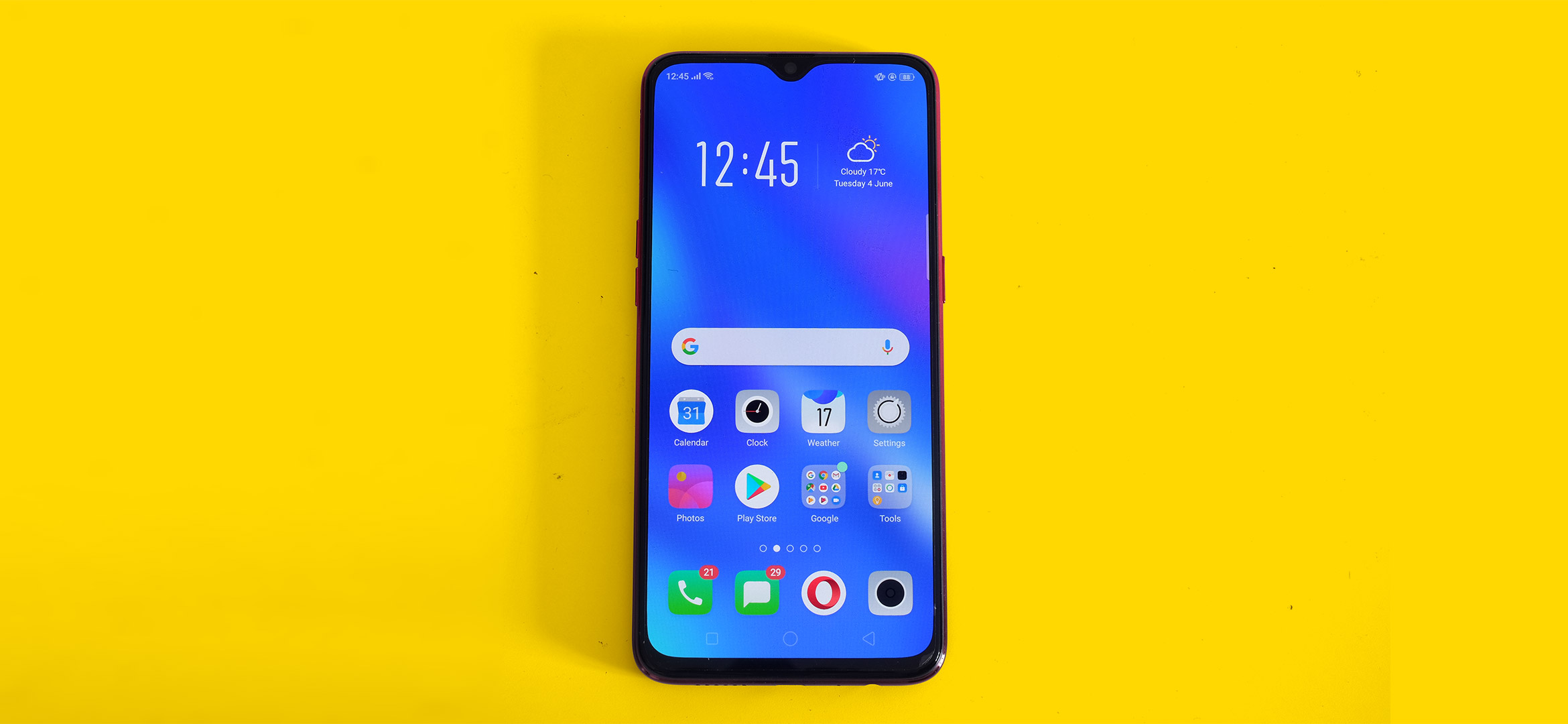TechRadar Verdict
A few parts are slightly dated, but a punchy screen and excellent battery life make the Oppo RX17 Neo a solid buy.
Pros
- +
Excellent battery life
- +
Mostly great screen
- +
More graphics power than some
Cons
- -
Slow charging
- -
Plastic back and sides
- -
Dated software, undesirable interface
Why you can trust TechRadar
The Oppo RX17 Neo is a lower-end Oppo RX17 Pro. Or if you’ve barely heard of Oppo, it’s a OnePlus 7 with cut-down specs and worse taste.
It costs significantly less than some other phones that get you high-end specs at a lower-end price, like the OnePlus 7 and Honor 20 Pro. Though it's only slightly cheaper than the oddball Pocophone F1.
This is a solid all-rounder but lacks a little charm once you look past the eye-catching finish. And for the same price the Moto G7 Plus seems more refined, or at least consistent.
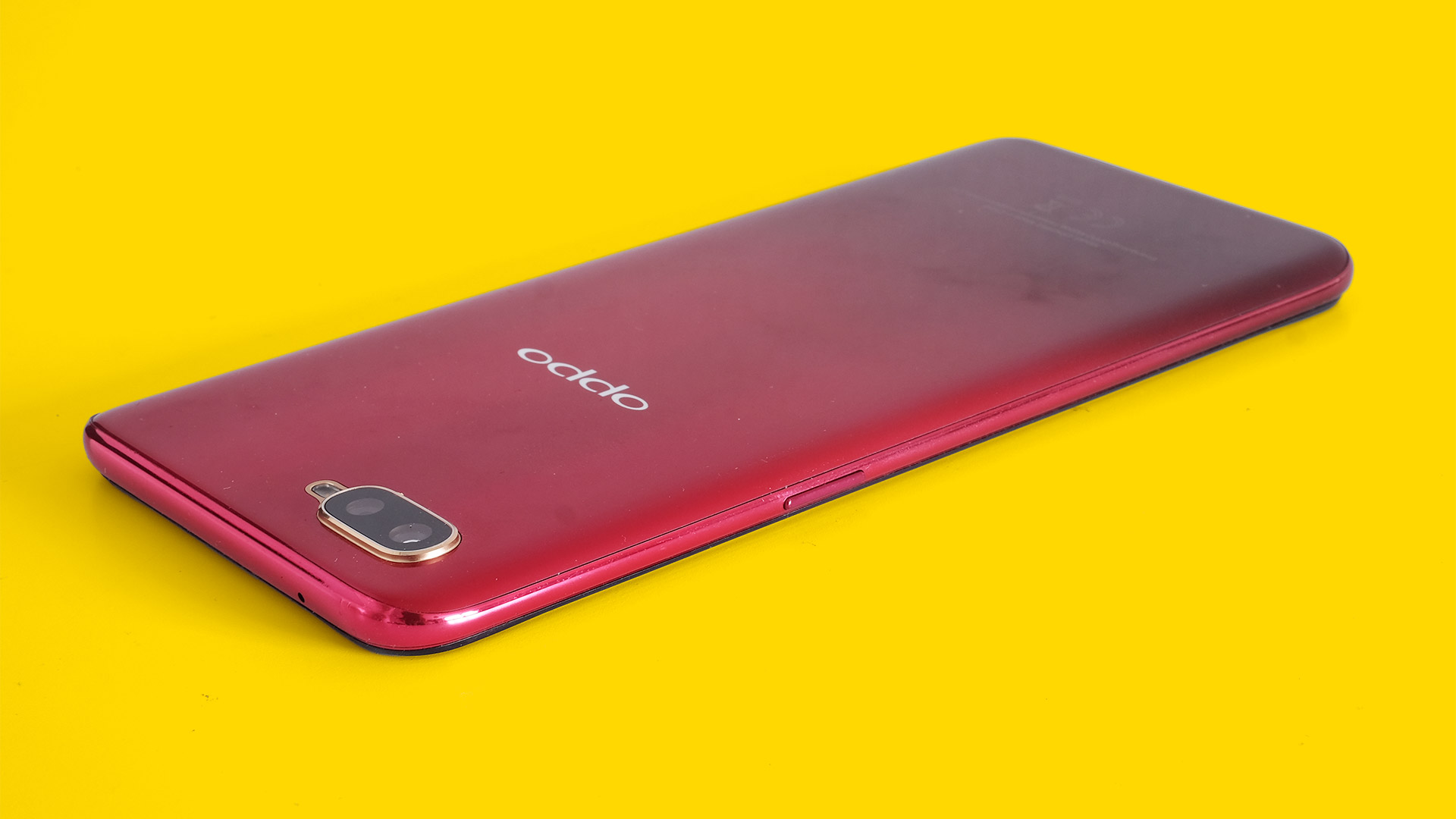
Oppo RX17 Neo price and availability
The Oppo RX17 Neo price is £279 in the UK, AU$649 in Australia, and while not widely available in the US, the currency conversion suggests a price of $345.
Design
- 158.3 x 75.5 x 7.4mm
- 156g
- Plastic-impersonating-glass build
The Oppo RX17 Neo is part of a design regression among Chinese phone-makers.
They once made affordable phones that felt almost unfathomably expensive, but their affordable handsets are often now closer to Samsung's budget models.
This phone still looks the part, shiny as a polished gemstone. But the Oppo RX 17 Neo's back is plastic rather than glass. For almost exactly the same money you can buy a Moto G7 Plus, which has a glass back, glass front and aluminum sides, and feels nicer as a result.
Sign up for breaking news, reviews, opinion, top tech deals, and more.
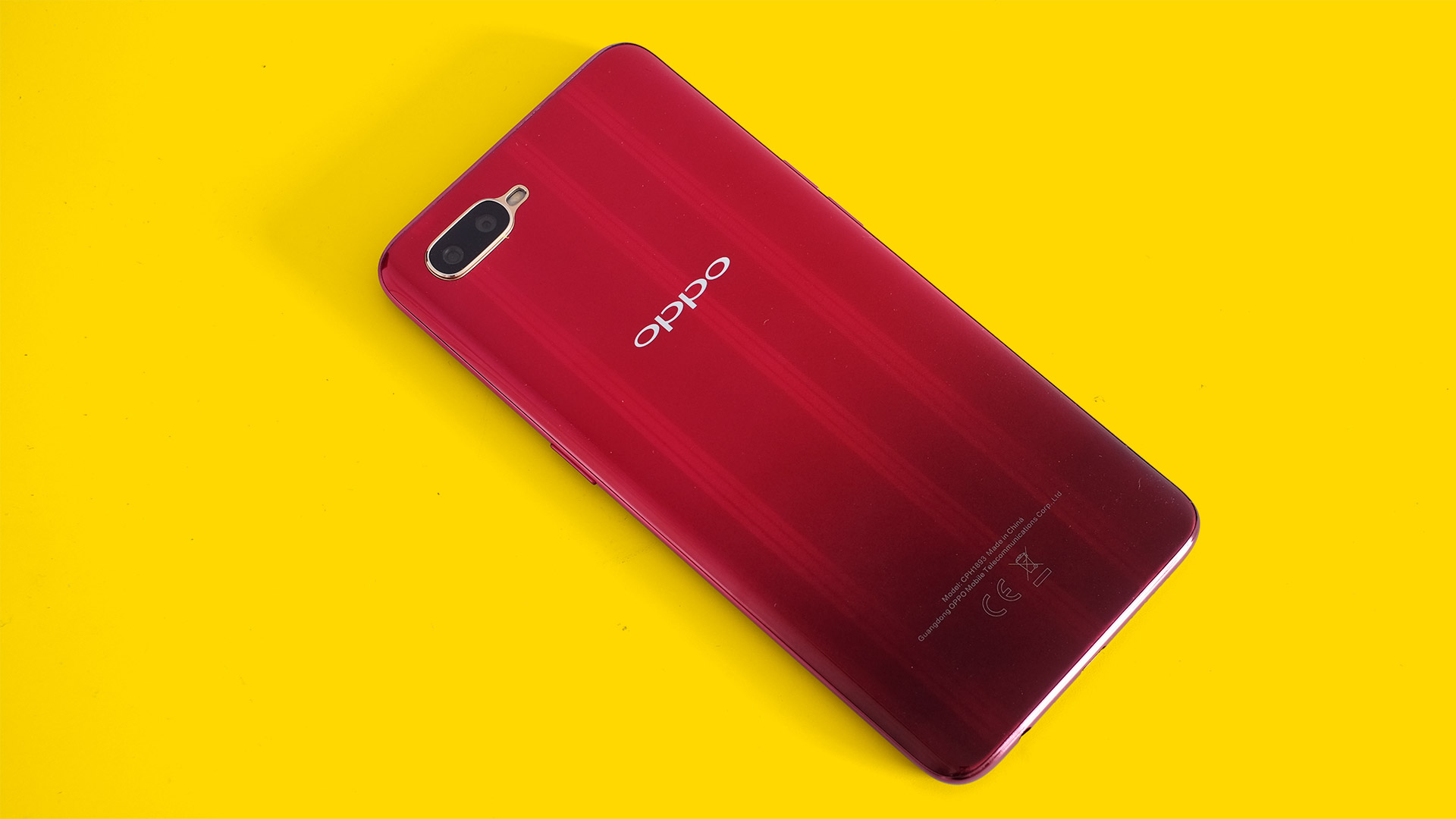
The whole lot is plastic here, aside from the front display glass. Oppo relies on the look to carry the RX17 Neo through. We have the red and gold version. We love the bold, vibrant back. Streaks of brighter red are cast along it when it catches the light.
There's something a little tacky about the gold camera housing, though. And this is not helped by the way the gold also rings around the flash. This is one of the few metal outer parts of the RX17 Neo, and one of the least sophisticated looking.
Oppo has also made a couple of technical missteps. The RX17 Neo has a microUSB charging socket rather than the more popular USB-C kind. It seems out of place in a phone that costs around $350/£300. It's non-reversible, and not in-line with most of today's new mobile accessories.
MicroUSB is a piece of the past, but the RX17 Neo also comes with newer tech. The phone has an in-screen fingerprint scanner, not usually seen in phones at the price. This is not a great example of one, though.
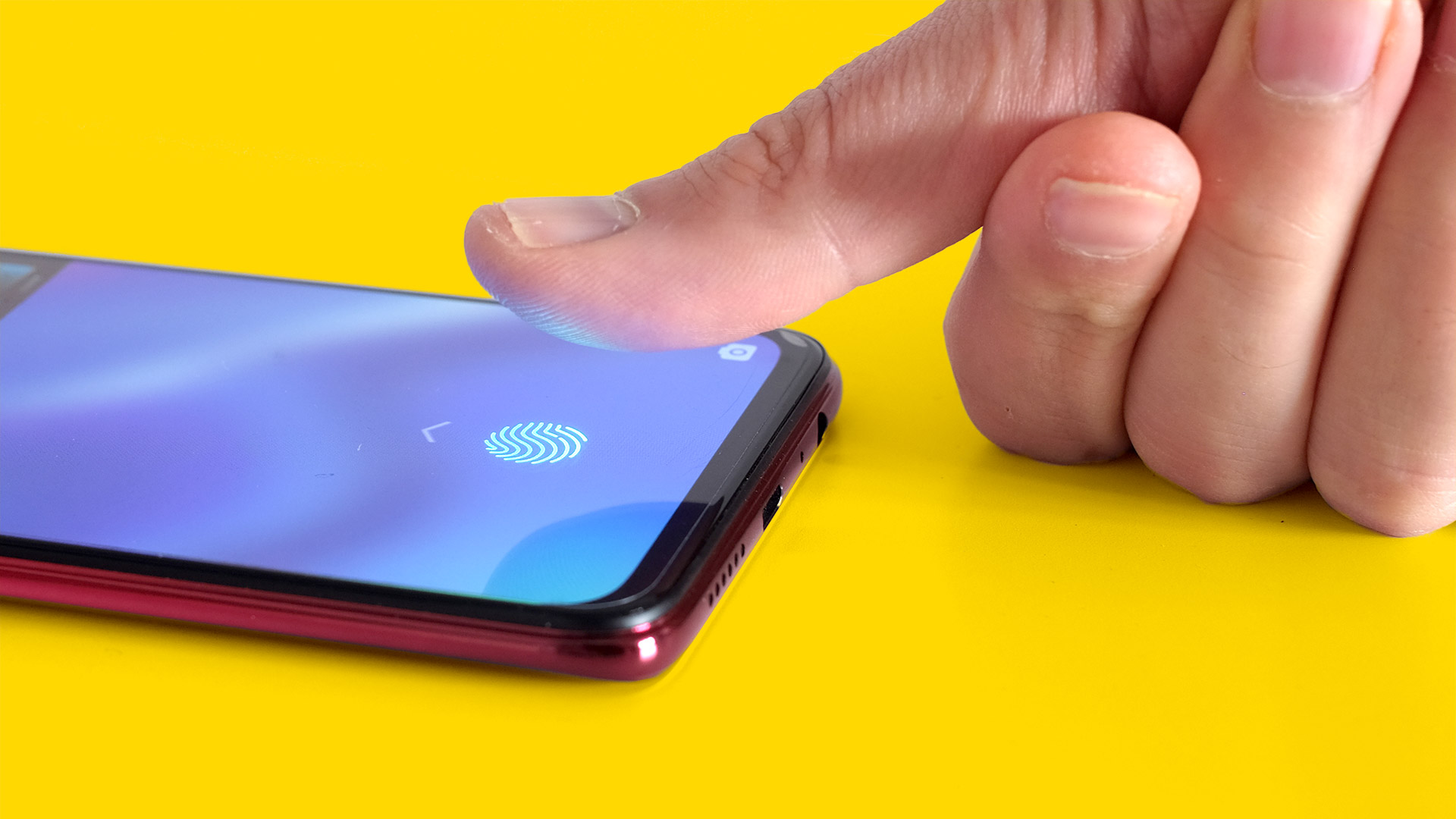
It is much, much slower than most pad scanners. You often have to hold your finger over the light-up zone before anything happens.
We'd rather have a fast old-school pad scanner than a slow in-screen one.
Screen
- 6.41-inch Super AMOLED screen
- 1080 x 2340
- Teardrop notch
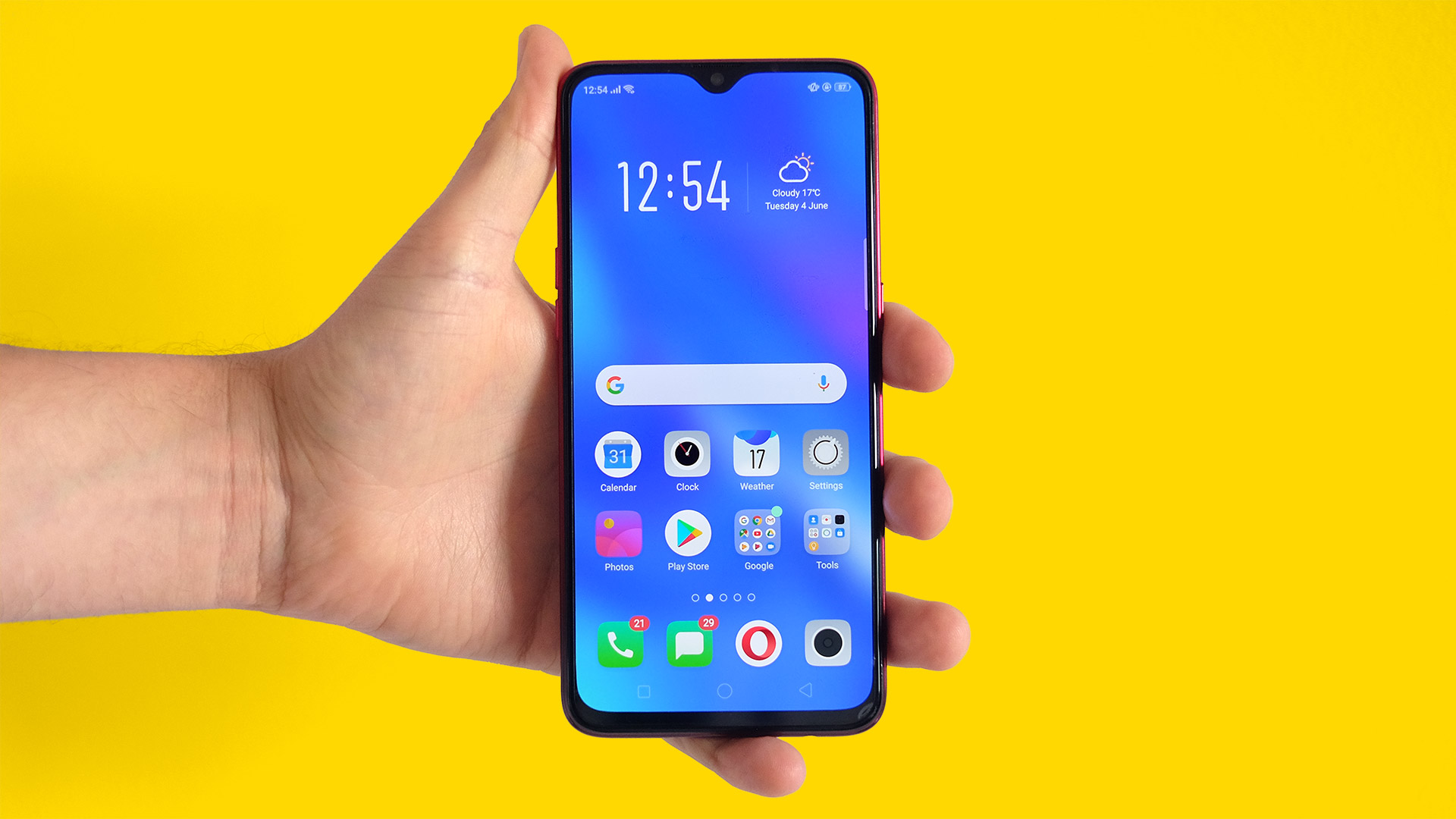
The Oppo RX17 Neo is, however, one of the more affordable phones with an OLED screen. It's a 1080 x 2340 Samsung Super AMOLED screen with a notch almost identical to the OnePlus 7's. This is what makes the Neo seem OnePlus-like.
You have no control over color saturation, unusual for an OLED display. Home screen tones are very saturated, but calibration is tasteful enough to satisfy. It looks punchy, but not garish.
Color temperature tweaks are the main controls on offer. You can make the Oppo RX17 Neo's display a little warmer or cooler.
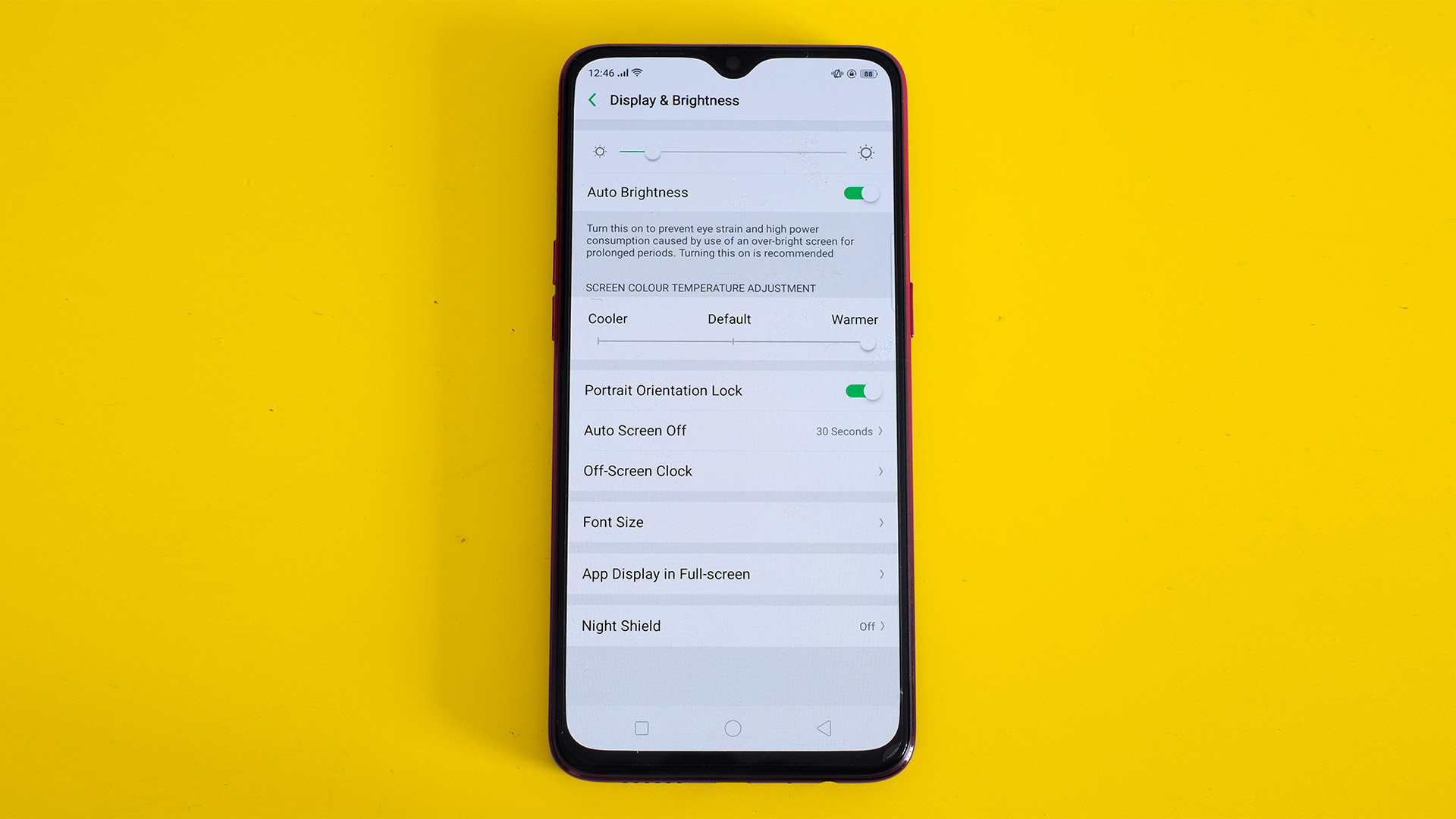
And thanks to the emissive style of OLED, contrast is fantastic. Watch a Netflix movie in bed with the lights off and blacks look far deeper and richer than those of any LCD phone.
At first, we thought the Oppo RX17 Neo’s outdoor brightness was poor. That would be unusual for a modern OLED phone. However, the phone had actually just switched over to its low-power mode. It has a nasty habit of prompting you to do so when the battery is low but not switching back when you recharge.
After switching to 'normal' power consumption, the Oppo RX17 Neo’s outdoor visibility is good, at least on a par with phones like the Honor 20 Pro.
This is a great screen for an affordable phone, and only lacks a few extras like HDR support.

Andrew is a freelance journalist and has been writing and editing for some of the UK's top tech and lifestyle publications including TrustedReviews, Stuff, T3, TechRadar, Lifehacker and others.
